Kansas is an often overlooked state when it comes to rockhounding, but for the determined and well-informed collector there are plenty of locations to be searched that can yield quite a nice variety of rocks and minerals. The state has a reputation as being flat and geologically uninteresting, but that doesn’t mean there aren’t worthwhile rocks to be found!
In general, most of the rivers and streams across Kansas will have the potential to contain agates, jaspers, and petrified wood. Vertebrate fossils are exceedingly common all over the western part of the state, and in the eastern part of the state you can find geodes in several locations as well as huge mining dumps with interesting crystals.
The best places to rockhound in Kansas are the Tri-State mining district in the southeast, the Flint Hills, Junction City, and Medicine Lodge. There are also many great rockhounding sites along large rivers and their tributaries, particularly the Smoky Hills, Blue, and Republican Rivers.
| State Symbols | |
|---|---|
| State Mineral | Galena |
| State Rock | Greenhorn Limestone |
| State Gemstone | Jelenite (amber) |
| State Fossil | Tylosaurus |
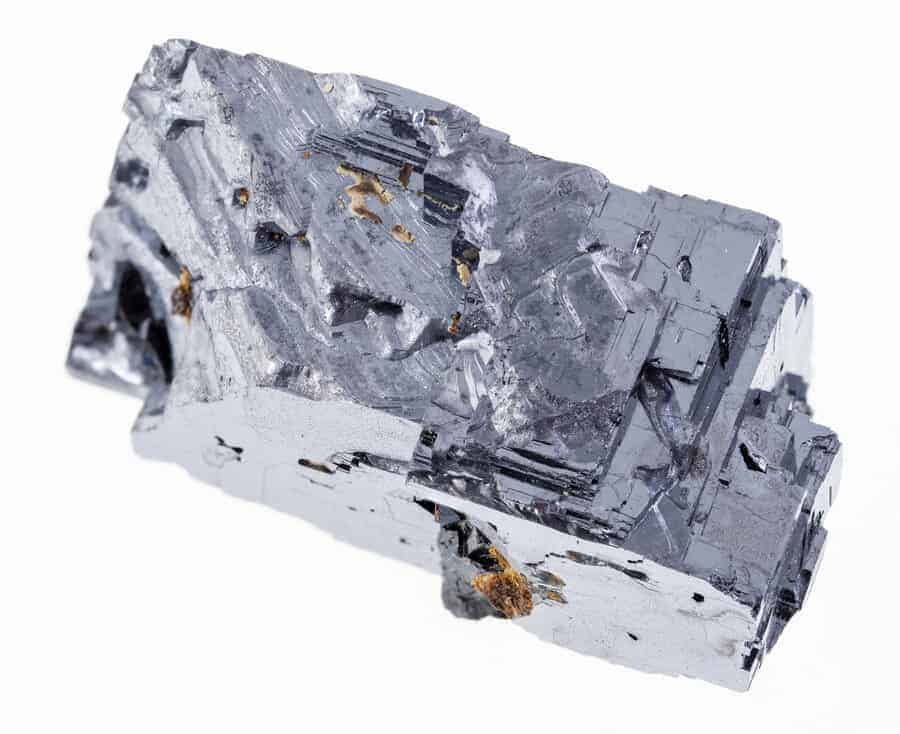
This article will dive deeper into the many great rockhounding sites across the state (along with maps), but I’d like to highlight a few standouts here. The top 10 rockhounding sites for rocks and minerals in Kansas:
- Smoky Hill River – Moss Agate, Chalk
- Topeka – Lake Superior Agates
- Geary County – Agatized wood
- Blue Hills – Septarian Nodules
- Trego & Wallace Counties – Geodes
- Walnut River Near Flinthills – Geodes
- Mines near Galena – Galena, Pyrite, Marcasite
- Republican River – Agate, Jasper, Petrified Wood
- Carneiro – Agate, Amber, Petrified Wood
- Big Blue River – Agate, Jasper, Chalcedony
You may be wondering exactly what you can find while you’re out there wandering around the Kansas countryside looking for rocks. While Kansas doesn’t have the most variety when it comes to rock and mineral specimens there are still more than enough types to keep a collector busy and interested. If you’re searching in western Kansas you’ll mostly find quartz-family minerals like agates and petrified wood as well as a wealth of vertebrate fossils. In Eastern Kansas, you’ll find quite a bit more variety including geodes, septarian nodules, and crystals of minerals like pyrite, galena, and cerrusite.
The most commonly found and collected rocks and minerals in Kansas are:
- Agate
- Petrified wood
- Jasper
- Calcite
- Septarian nodules
- Geodes
- Opal
- Chalcedony
- Agatized wood
- Pyrite
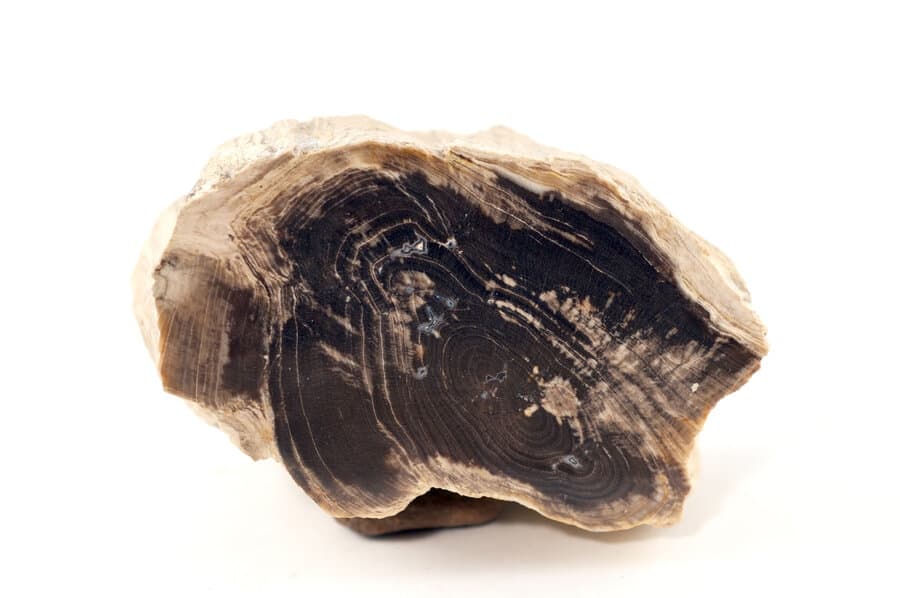
If you’ve already found a rock and you’re not sure what it is, I would highly recommend checking out my Practical Rock Identification System. This bundle of information includes a book, videos, and online tools. It is, simply put, the most comprehensive and easy-to-understand rock identification system you’ll find anywhere.
You can also read through my free rock identification guide and mineral identification guide which are filled with useful information and tools.
Through quite a bit of research and cross-referencing of available literature, I have compiled this list of some prospective locations in Kansas which I would recommend to people looking to do some rockhounding. These are mostly comprised of old mining prospects, quarries, washes, streams, and historically known rock and mineral collecting sites. For additional reading, I’d highly recommend these books you can find on Amazon:
Please remember that rock collecting locations are constantly changing. Specimens may become depleted from other collectors, the location may have been built on or altered, locality information in literature may be inaccurate, and property ownership may have changed hands. Joining up with a local rockhounding club for a group trip can often get you access to otherwise off-limits locations like privately owned mines and quarries. There are many rockhounding clubs in Kansas so you can most likely find one you like nearby.
Though there are many locations listed here, this list is far from exhaustive. A location’s listing here is not a guarantee of accuracy. Be safe, never go underground, and make sure to get permission from the landowner to search for and collect specimens.
If you’re planning on heading to the field, make sure you have all the gear you’ll need! To get started, you can check out my recommended gear page which contains my full reviews for every Geologist’s favorite rock hammer and the best hiking backpack I’ve ever owned.
Rockhounding Sites in Kansas
Important Disclaimer: I have not been to these locations myself, and I do not know if they are currently open for collecting. Use this resource as a guide to get you started. Follow posted signage and always get permission from the landowner to collect.
Western Kansas Rockhounding Sites
Western Kansas has plenty of good rockhounding locations but is relatively lacking in the variety of material which can be found. If you’re interested in finding gems or crystals you’d be better served looking elsewhere, but there are plenty of agates, petrified wood, and jaspers to be found. Vertebrate fossils are also extremely common almost everywhere across western Kansas.
There are some unique opportunities to find some pretty interesting specimens if you know where to look. Septarian nodules can be found in the Blue Hills, and geodes are commonly found in gravels and stream beds in Trego and Wallace Counties. There have also been notable meteorite findings east of Greensburg, though these would be extremely rare.
| Location | Rocks & Minerals |
|---|---|
| Aetna, area gravels and washes | Agate, Agatized wood |
| Sun City, area quarries and mines | Gypsum, Calcite crystals |
| Wilmore, in beds surrounding town | Volcanic ash |
| Smoky Hill River, near Hays | Chalk (outcropping beds) |
| Kimberly Ranch, E of Greensburg | Meteorites (stony iron, pallasites) |
| Smoky Hill River, both sides of Elkader | Agate (moss agate), Chalk (outcrops) |
| Blue Hills, general area | Septarian nodules |
| Norton, area washes, draws, and gravels | Concretions (calcite cemented) |
| Osborne, area 2 mi. S | Septarian nodules (yellow calcite veins) |
| South Fork Solomon River, in outcrops near Hoxie | Agate (moss agate) |
| Trego County, in gravels, pits, etc. | Geodes (chalcedony, calcite, quartz lined) |
| Wallace County, in gravels, pits, etc. | Geodes (chalcedony, calcite, quartz lined) |
| Sharon Springs, area sands and gravels | Agate, Petrified wood |
| Wallace, a road cut 5 mi. S | Opal (moss opal) |
| Ashland, in Bluff Creek & Mt. Casino area | Agate (moss agate), Opal, Jasper |
Eastern Kansas Rockhounding Sites
Eastern Kansas has quite a few great locations for rockhounding as well as a nice variety of rocks and minerals which can be found. The most notable area for commercial minerals in the state is in the southeast corner of the state where there are many old mining dumps – part of the Tri-State lead and zinc mining district. Rockhounds will also be heavily interested in the geodes which can be found all around the Flint Hills area, especially in and around the Walnut River.
The most commonly collected rock in eastern Kansas is agate, which can be found in rivers and streams all across the state but especially in and around the Republican River, Blue River, and Smoky Hill River. For a little more variety you can also find more unique specimens like septarian nodules and concretions in some areas.
If you’re a particularly ambitious rockhound you might be looking to find a specimen of jelenite, which is a rare and specific variety of amber that has only been found in Kansas. Unfortunately, the known historical collecting site for jelenite amber is now underwater after it was flooded by the Kanopolis Reservoir. Now, for your best chances of finding amber in Kansas search in lignite beds along the Smoky Hill River south of Carneiro.
Where to Find Geodes in Kansas
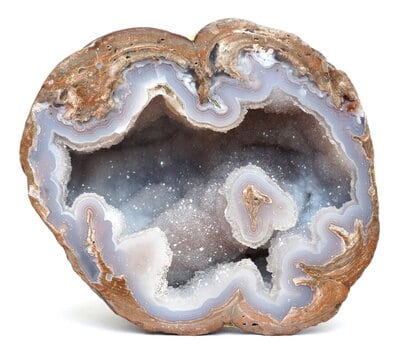
Geodes are extremely popular specimens with rockhounds wherever you are in the world, and Kansas is no exception. Luckily for you, there are a few places in Kansas where geodes have been found. These geodes are usually lined with quartz, calcite, or chalcedony, and they form when mineral-laden water permeates through empty cavities in host rock leaving the minerals behind.
In general, the best places to look for geodes in Kansas are in gravels and streams of Wallace County and Trego County, as well as the Flint Hills region in eastern Kansas. In particular, try searching near Junction City, the towns of Florence and Rock, and along the Walnut River.
Where to Find Crystals and Gemstones in Kansas
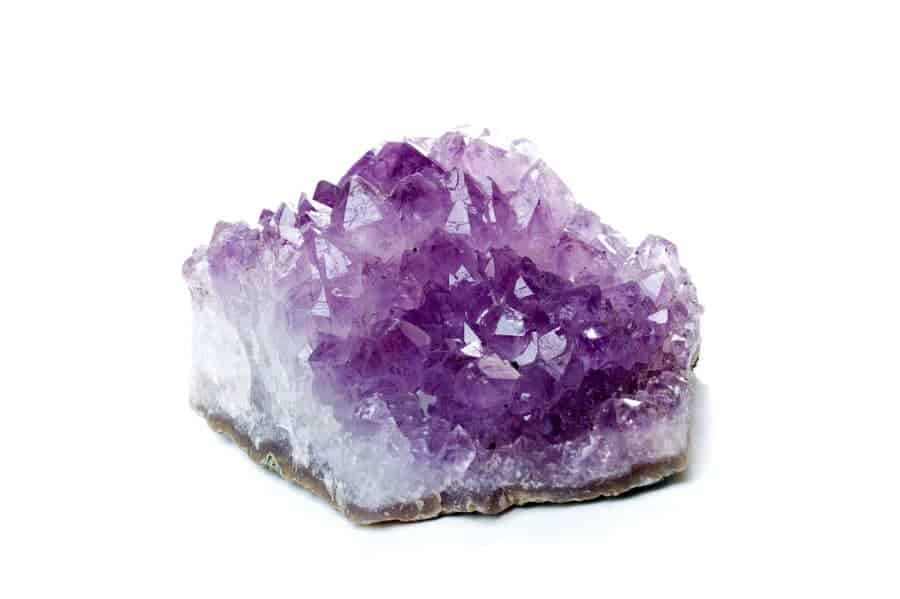
There is nothing quite like uncovering a quartz crystal with a perfect termination or finding a beautiful agate that has been waiting in a river bank for you to come along and take it home. Gemstones are some of the most enjoyable specimens that rockhounds can find, but it’s not always easy to know where to look.
Tip: Check out my Complete Rock Tumbling Guide to make your rocks and gemstones really shine!
For the most part, western Kansas is pretty devoid of crystals and gemstones, but agates and some opal can be found in a select few localities. Eastern Kansas will be of much more interest to anyone searching for crystals due in large part to the old lead and zinc mines in the southeastern part of the state which make up part of the Tri-State mining district. There are also plenty of places to find quartz-family minerals like agate, chalcedony, jasper, and petrified wood.
The best places to find crystals and gemstones in Kansas are the mining dumps in the extreme southeastern corner of the state which can contain crystals of galena, sphalerite, pyrite, and many other minerals. The area south of Yates Center is also known to have produced quartz and amethyst crystals.
Where to Find Agates in Kansas
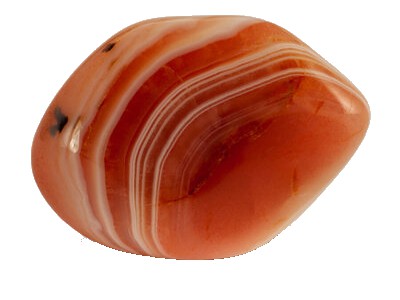
Agates are some of the most commonly collected rocks out there thanks to their relative abundance and their unique aesthetic appeal. There are many amazing varieties of agates to be discovered in Kansas including the famed Lake Superior agates and moss agates. Almost anywhere you are in Kansas there is likely to be a spot nearby that you can search with a reasonable expectation of finding some agates worth keeping.
The best places to find agates in Kansas are in the gravels of major rivers, particularly the Smoky Hill, Blue, and Republican Rivers. Lake Superior Agates can be found in glacial moraines of eastern Kansas near Topeka and McLouth, while moss agates can be found in the South Fork Solomon River.
When hunting for agates you can usually also find other quartz-family gemstones like jaspers, chalcedony, and petrified wood. These semiprecious gemstones tend to be very hard and resistant to weathering so they can be transported great distances while still remaining relatively intact. This is why they can often be found in steam and river gravels while no other rocks or minerals of note are present.
Kansas Rockhounding Laws & Regulations
One of the most common questions rockhounds have is whether or not they are allowed to collect at a certain location. It is the responsibility of each rockhound to obtain permission from a landowner to search and/or collect on a piece of property.
The ownership and status of land can and does change frequently, making it impossible to document accurate information for every location on this page. However, I have compiled a list of resources here so that you may investigate and obtain permission for any locations (found here or elsewhere) for yourself.
Public Land Resources
I have written entire articles which cover the rockhounding laws and regulations for nearly every type of public land you can think of. I encourage you to check them out if you are curious about the legalities of rock and mineral collecting.
- Rockhounding on Public Land: Laws and Regulations
- Can You Collect Rocks in State Parks? All 50 States Answered
To determine what type of public land a particular location is on, I would recommend starting with the Kansas Department of Wildlife & Parks public lands maps.
Private Land Resources
As with most states, each county in Kansas will have records of who owns each piece of property. You can usually get the landowner’s name and address by visiting the county records office. I would probably start by contacting the clerk in whatever county you’re interested in and getting whatever contact information you can for the landowner.
Sources & Further Reading
The locations and information contained in this article are primarily derived from academic papers, online resources, and other outside sources. If you would like to read some of the source material for yourself I have listed them below. The majority of these locations are my interpretation of Robert Beste’s A Location Guide for Rock Hounds in the United States. Other sources include:
